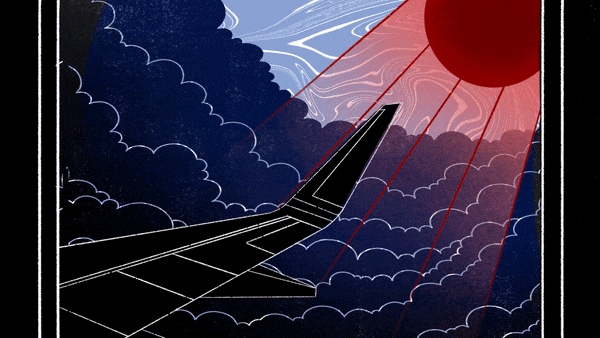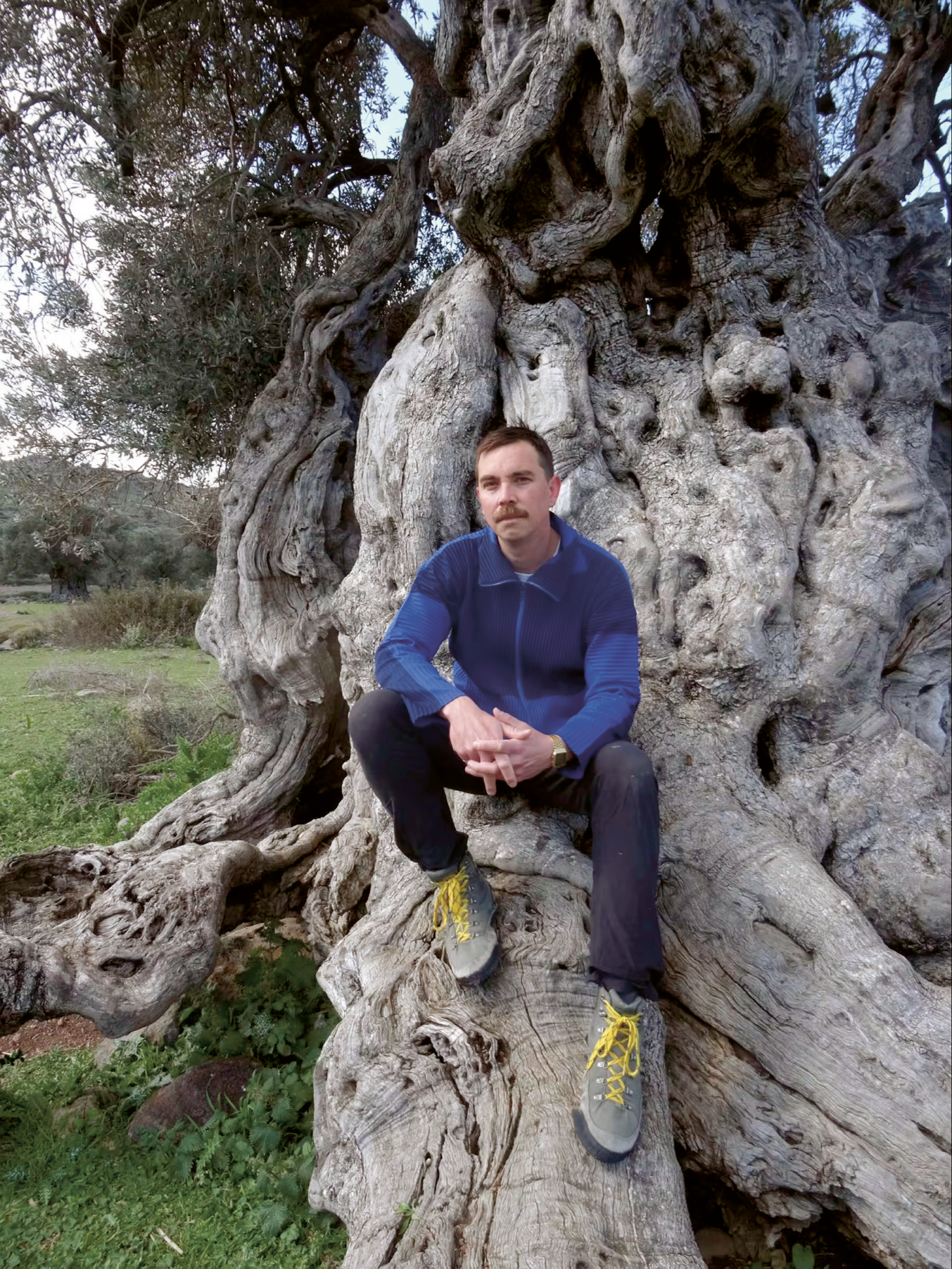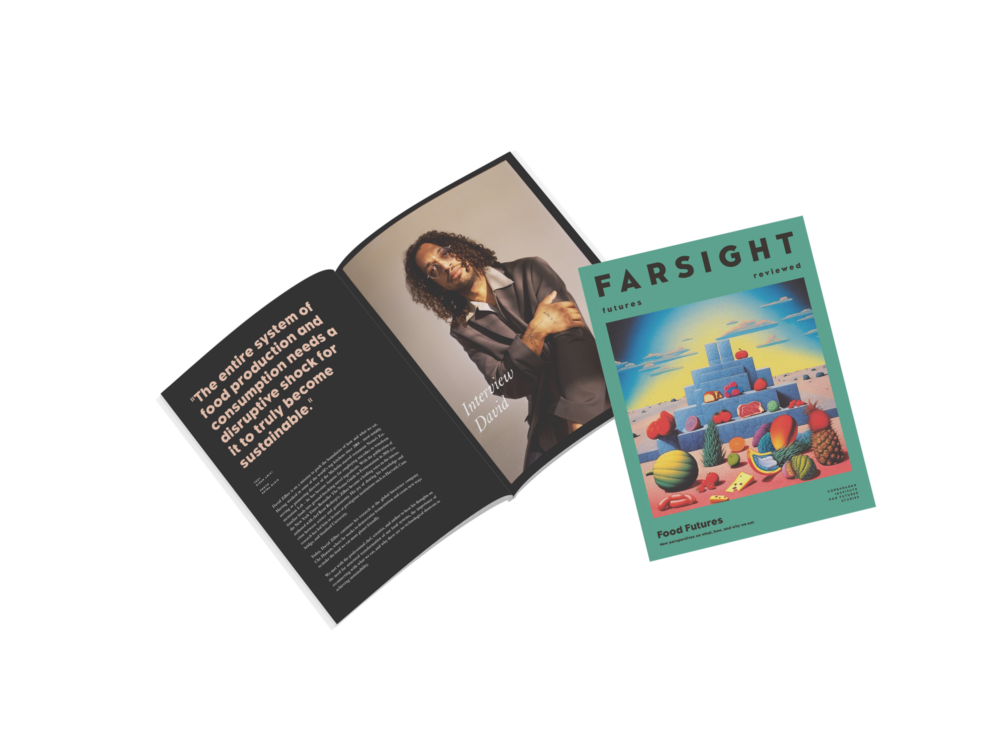
In turn, we use cookies to measure and obtain statistical data about the navigation of the users. You can configure and accept the use of the cookies, and modify your consent options, at any time.

Beyond Human Intelligence
The natural world produces its own supercomputers.
Anyone with personal experience taking LSD, psilocybin, ayahuasca, or any other mind-altering psychedelic will truly recognise the world’s interconnected nature. Fractalising into white diamonds, the air shatters, trees breathe, and animals speak your language. Some suggest these drugs dismantle an evolved human filter, revealing nature for what it truly is: a connected intelligence.

James Bridle’s new book Ways of Being: Beyond Human Intelligence is an exploration of different forms of intelligence, both biological and artificial. It’s also, as the author says, a call for us humans to start forming new relationships with non-human intelligence. Throughout the book Bridle argues that our common future demands less industrial hubris, and more cooperation with existing and deeply knowledgeable biological systems.
A writer and artist known for coining the term ‘New Aesthetic’ – used to refer to the increasing appearance of the visual language of digital technology in the physical world, and the combination of the virtual and physical – James Bridle advocates for a future characterised by human, animal, and plant re-connectivity for the sake of achieving a better planetary balance.
Our regular contributor, Conor Purcell, PhD, had the opportunity to interview Bridle for FARSIGHT, speaking by video call between Purcell’s home in County Donegal, Ireland, and the interviewee’s in Greece.
What inspired you to write this book?
I studied artificial intelligence almost twenty years ago when it was kind of fading from the curriculum because it wasn’t going anywhere. Since then, there haven’t been any kind of major discoveries. But what has happened is that vast amounts of data have become available, which have been harvested largely by social media giants and governments. At the same time, processing power has massively increased. We’re now seeing how AI is revealing itself to be something not quite human in that it thinks and approaches the world in a very different way than we do. We’re also starting to realise, thanks to decades of research, that intelligence is something much more interesting and greater than our very narrow human idea of it.
With the book, I wanted to understand how we can better accommodate ourselves with everything else that we share the planet with. For me, this question is central to achieving environmental justice and progress. I now see an opportunity with AI for reimagining, firstly, what intelligence is, and secondly, how we impact other forms of intelligence beyond the human.
How do you think people have become so disconnected from these other ways of being, specifically the intelligences of animals and plants in nature?
A good example to demonstrate this is how in medieval times there were cases when animals were accused of committing a crime and tried in courtrooms. There were lawyers there, and the animals were presented to juries. This wasn’t pantomime, but a deeply serious undertaking because non-humans were part of the community. That meant they had rights and responsibilities.

Broaden your horizons with a Futures Membership. Stay updated on key trends and developments through receiving quarterly issues of FARSIGHT, live Futures Seminars with futurists, training, and discounts on our courses.
become a futures memberOver time, and especially with industrialisation and urbanisation, attitudes towards non-human life in all its forms changed. We started to view them essentially as machines – unfeeling automatons who didn’t have the kind of inner life or higher importance which we ascribe to humans. This became the dominant mode of thought within Western, post-enlightenment societies. That’s when the abattoirs began. And now the environmental mess that we find ourselves in is all related to how we’re out of balance with our deeply entangled and interdependent relationships with all other species.
What do we now know about the intelligent behaviour of plants?
Recent research has shown several surprising behavioural qualities in plants. I write in the book about scientists who subjected certain plants to repeated shocks and found that quite quickly they learned essentially to ignore the shock and move away from its source. What’s more is that they remembered patterns and continued to avoid the source of the shock in the future.
This is an extraordinary finding that completely changes our understanding of plant behaviour. Even the idea that plants have a thing that we might call behaviour is astonishing because the traditional kind of botanical approach mostly involves cutting them up into small pieces and studying them as if they were machines. What’s interesting too is that these researchers write about working with plant spirits, and their work is informed by both the knowledge that has come from the plants themselves and by treating the plant as already having its own personhood.
This is real science published in legitimate scientific journals. It’s peer reviewed. It’s reproducible. It conforms to all the structures of the scientific method. What that tells me is that there are multiple ways of approaching these intelligences and to do that via a kind of synthesis of these different ways of knowing is incredibly powerful. We can explore the world by observing and connecting with these behaviours, as long as our goal is to truly understand. Ultimately, it all depends on admitting the possibility in the first place that these kinds of alternative intelligences are real.
In a chapter called “Non-Binary Machines” you talk about the field of cybernetics – which has a long history dating back to the mid-20th century – and how this shows a future alternative to what you call ‘corporate artificial intelligence’. Can you explain what you mean by this?
It has to do with thinking of intelligence as a process, rather than as a machine that thinks like a kind of brain in a box. Particularly in Britain, cybernetic researchers – those involved in the science of communication and automation in machines and other living beings – envisioned a kind of intelligence that is active in the world, which is connected to the world around it, which is learning, and which is defined by what it does, rather than what it is. This is different to the corporate artificial intelligence of today which is currently being developed to increase profits.
Cybernetic research continues in various ways. There is very interesting new research around soft robotics, which essentially tries to make robotic systems more adaptive to the world around them. Programmes like the Unconventional Computing Lab at the University of the West of England is a good example. One of the things they study is the computational abilities of various plants and animals. They are doing very interesting things like redesigning computer logic based on the movement of crabs, for example. This points to the fact that what we understand as computation is not something that can only be performed within machines, but in fact is conducted by biological organisms too.
It also appears that biological systems can be calibrated to test variable abilities and to solve mathematical problems – they might even be more efficient than our fastest supercomputers. These abilities exist across the natural world, but since we usually only see the things that we know how to test for, there remains the possibility of a whole range of intelligences which far exceed our own. The problem is that we don’t even know how to ask the appropriate questions yet.
How can we reconnect with non-human intelligence in the future?
Towards the end of the book, I write about the need to provide more shared territory for human and non-human lives. I mean this both in the form of animal reserves, conservation areas, wildlife corridors and shared spaces that allow animals to move in ways that they currently cannot. But I also think that the notion of animal intelligence compels us to think politically.
In the book, I discuss the Irish experience with the introduction of the so-called citizen assemblies, made up of 33 representatives chosen by political parties and 66 randomly chosen citizens, to make recommendations on society’s biggest challenges. One of the things we learned from the citizen assemblies, not just in Ireland, but in other places, is that this is an extraordinary mechanism for mobilising what are essentially multiple forms of intelligence. The assemblies didn’t use animal, plant or artificial intelligence, but by branching out beyond the traditional domain of experts, the range of human intelligence – and personality types – was enlarged. So instead of selecting a very narrow definition of domain experts, it’s acknowledging that what you need for complex thorny problems, particularly novel ones, is a wider diversity of life experiences and ways of thinking.
The same principle can apply to including intelligences beyond the human in our decision making. I believe that only by bringing in diverse ways of thinking and forms of life experience can we address the kind of extraordinary global and pan-species problems that we face.